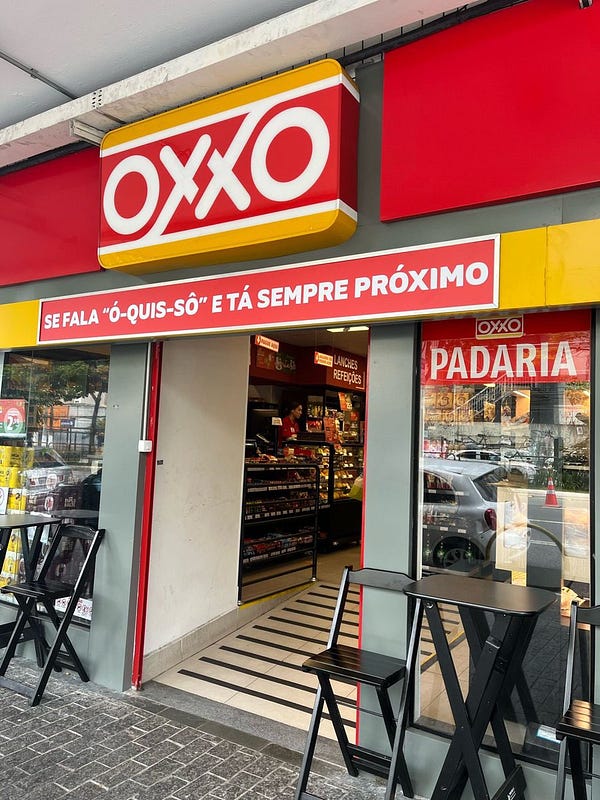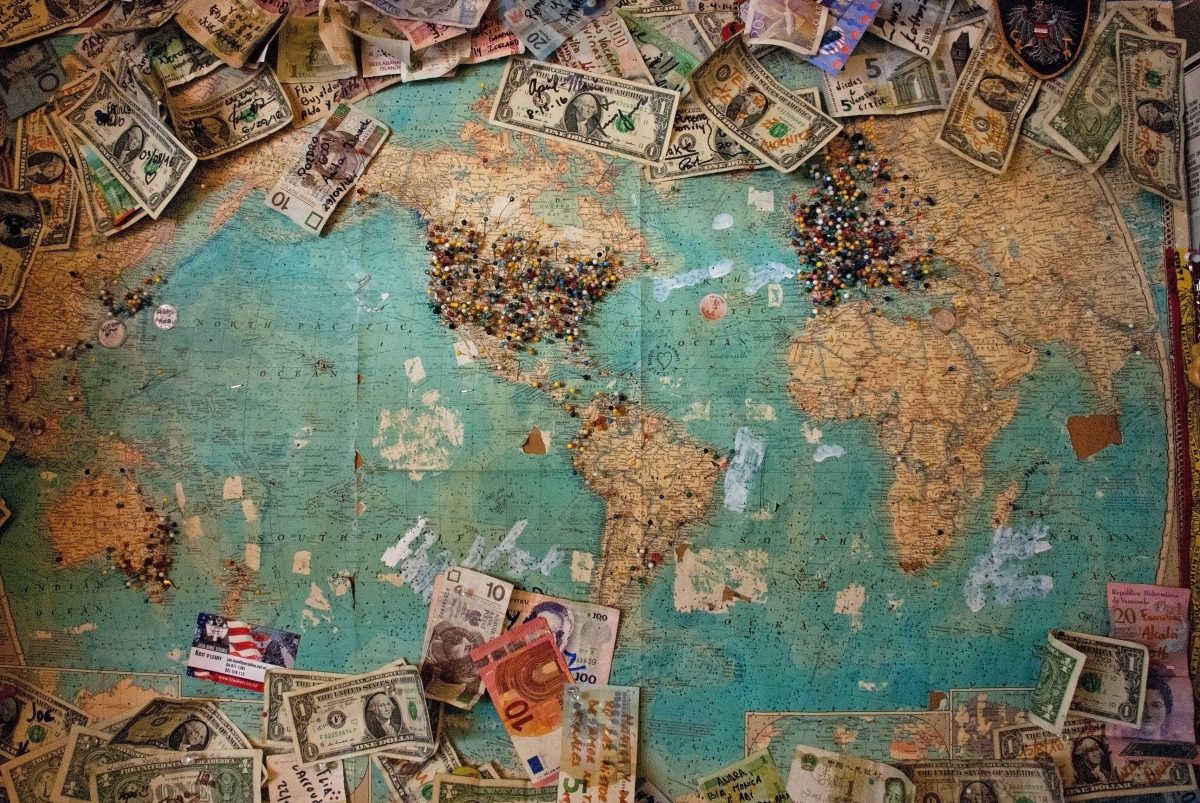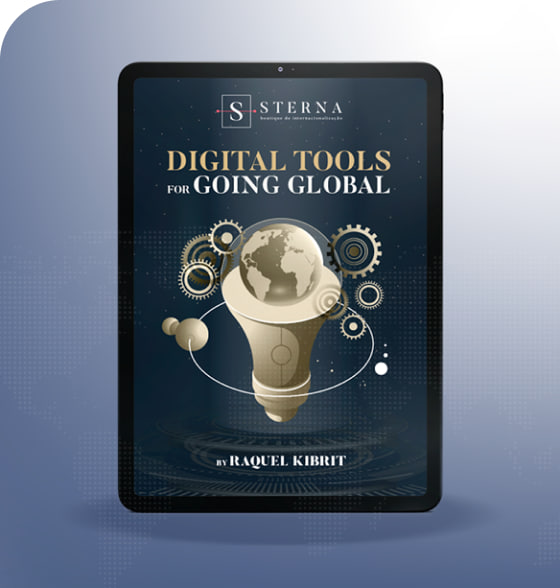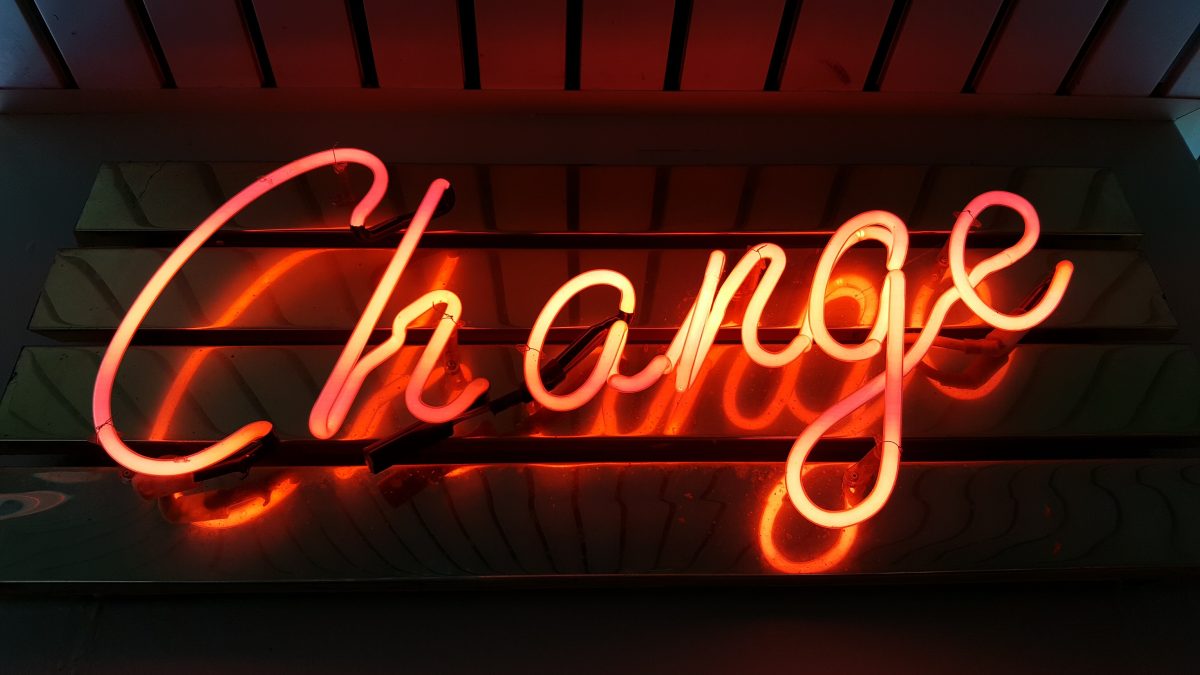Brand internationalization techniques to conquer the market

The Brazilian consumer market has unique characteristics when it comes to the internationalization strategies adopted by brands seeking to enter this market.
An initial characteristic is the language, since Brazil is the only country in the Americas that has Portuguese as an official language.
However, according to data from the Worldometer, the sum of the population of all Hispanic countries in South America reaches 220 million inhabitants, while the Brazilian population alone reaches 212 million.
Despite being a market of considerable size, Brazil does not have the highest GDP per capita on the continent, being surpassed by nations such as Guyana, Chile, Uruguay, Colombia and Argentina.
In addition to economic and political factors, companies also need to be aware of cultural differences in each region within Brazil, including accents and preferences.
In this article, we are going to explore some brands that understand the “Brazilian way”, as well as those that are still in the process of adapting to this market.
Challenge and lessons
There is no doubt that the Brazilian consumer’s market is highly attractive for international companies.
Let’s discuss a recent case involving a Mexican company, founded in 1978, which has grown significantly to become one of the largest and most recognized chains of convenience stores in Mexico, in addition to expanding to countries such as Colombia, Chile, Peru and Brazil.
We are referring to the chain of stores in the proximity segment OXXO, which has more than 18,000 establishments throughout Latin America. In Brazil, the chain arrived in 2020 through Grupo NÓS, a joint venture between Raízen, licensee of the Shell brand, and Femsa Comercio (owner of brands such as Coca-Cola).
What caught the attention of many consumers, in addition to the rapid expansion of stores in several cities in the state of São Paulo, was the caption placed below the brand on store fronts: “You say ‘ô-qui-ssô’ and it’s always close ”. This caption was intended to guide Brazilian consumers on the “correct” pronunciation of the brand.
However, this strategy was seen by many specialists as a real “shot in the foot”.
Many remembered the case of the shampoo brand Head and Shoulders, which invested considerably in TV and internet commercials with the iconic technician Joel Santana trying to teach the correct pronunciation.
The result was not what was expected, and the best-selling shampoo brand in the world does not appear among the twelve favorites in the list of MyBest in Brazil.
Mecão X Lerroa
In contrast to the example of “Ôquisso”, we have several cases of brands that were warmly celebrated by Brazilians.
One of the most iconic examples is that of the construction materials store Lerrôa Merlã, which chose to leave aside the French pronunciation and arrived in Brazil as Leroy Merlin (pronounced as it is spelled). This strategy proved to be the right one, allowing the brand to conquer a large share of the national construction materials market.
The brand’s internationalization strategy was crucial in attracting different segments of Brazilian consumers.
Another interesting case is McDonald’s, which in Brazil is affectionately called Méqui, Mecão, Mequin and even Emicidanaldo! In addition, the chain incorporates products requested by local customers, such as banana pie and picanha sandwich, which are exclusive to Brazilian stores.
In the fashion field, the luxury brand Louis Vuitton not only adapted to the tastes of the Brazilian market, but also incorporated elements of local culture into its creations.
In a notable example, they launched a collection inspired by the art and architecture of Oscar Niemeyer. This approach indicates a deep respect for the country’s rich cultural heritage and strengthens connections with local consumers.
Naturalness of global brands
These examples show the vital importance of cultural and strategic adaptation for the success of international brands in Brazil.
By demonstrating sensitivity to cultural nuances, adjusting products and services to suit local preferences and, where necessary, renaming products to avoid negative connotations, brands have the opportunity to establish deep and lasting connections with Brazilian consumers.
Raquel Kibrit, CEO at Sterna International Business, highlights some precautions that can be taken so that the brand is received in a natural way by consumers: “It is essential to test how a foreigner in the target market pronounces the brand and how he writes the name in Google searches.”
She adds: “It is also important to verify that the brand name will not be interpreted as offensive in the country, as happened with the Mitsubishi Pajero SUV, which had to be renamed Montero in Spanish-speaking countries and in the United States, due to the fact that “pajero” in spanish is vulgar slang.”
The importance of this approach is recognizing that while a brand has a global history, each market has its own identity, which must be treated with respect and valued.
Related contents

The Internationalization of OPUS to Canada
The landing of one of the best software development companies in Brazil…
Read more

10 reasons for opening a company abroad
The time to expand your operation outside of Brazil is now. It…
Read more

Do you know the digital tools to expand your business?
Read more

7 inevitable changes in the internationalization of your company
The internal operational challenges you will face when transitioning from an exporting…
Read more